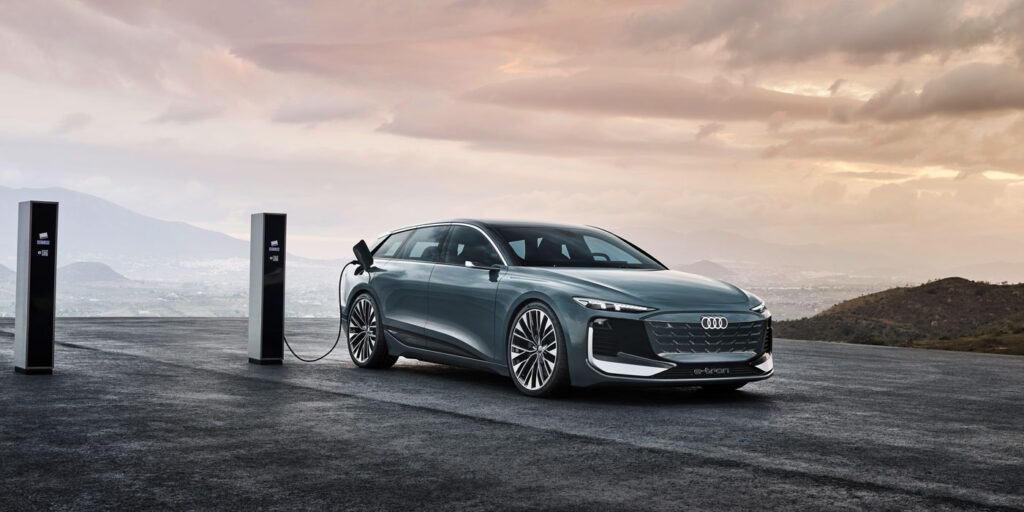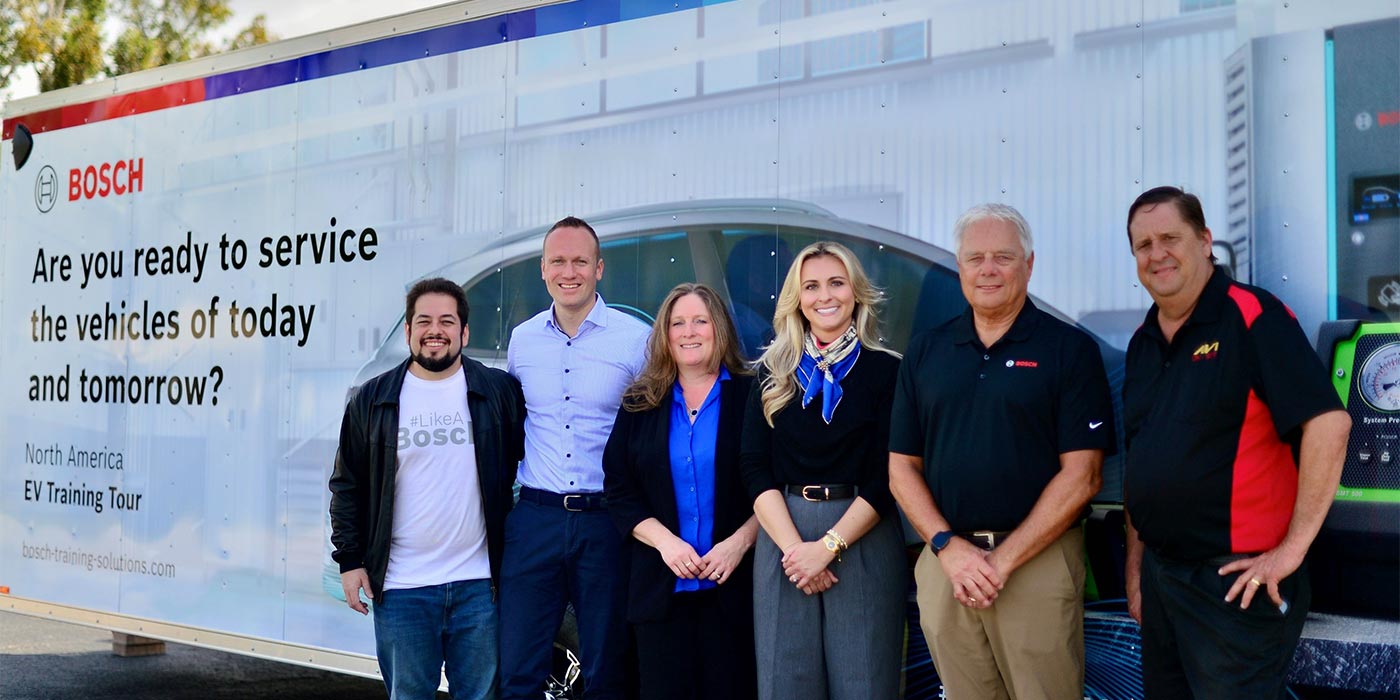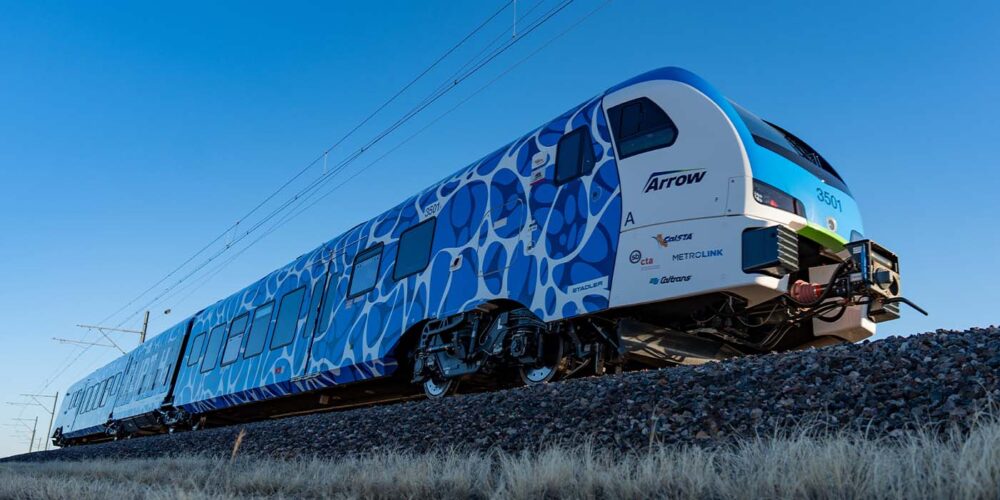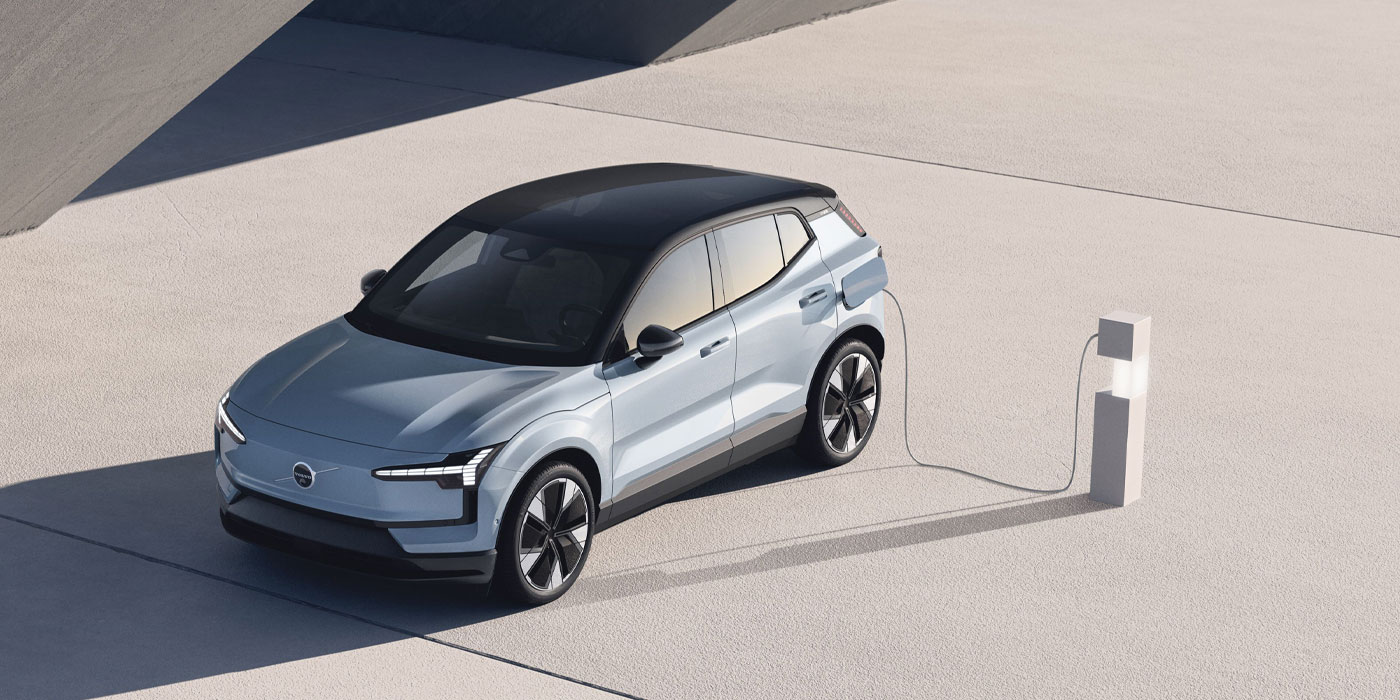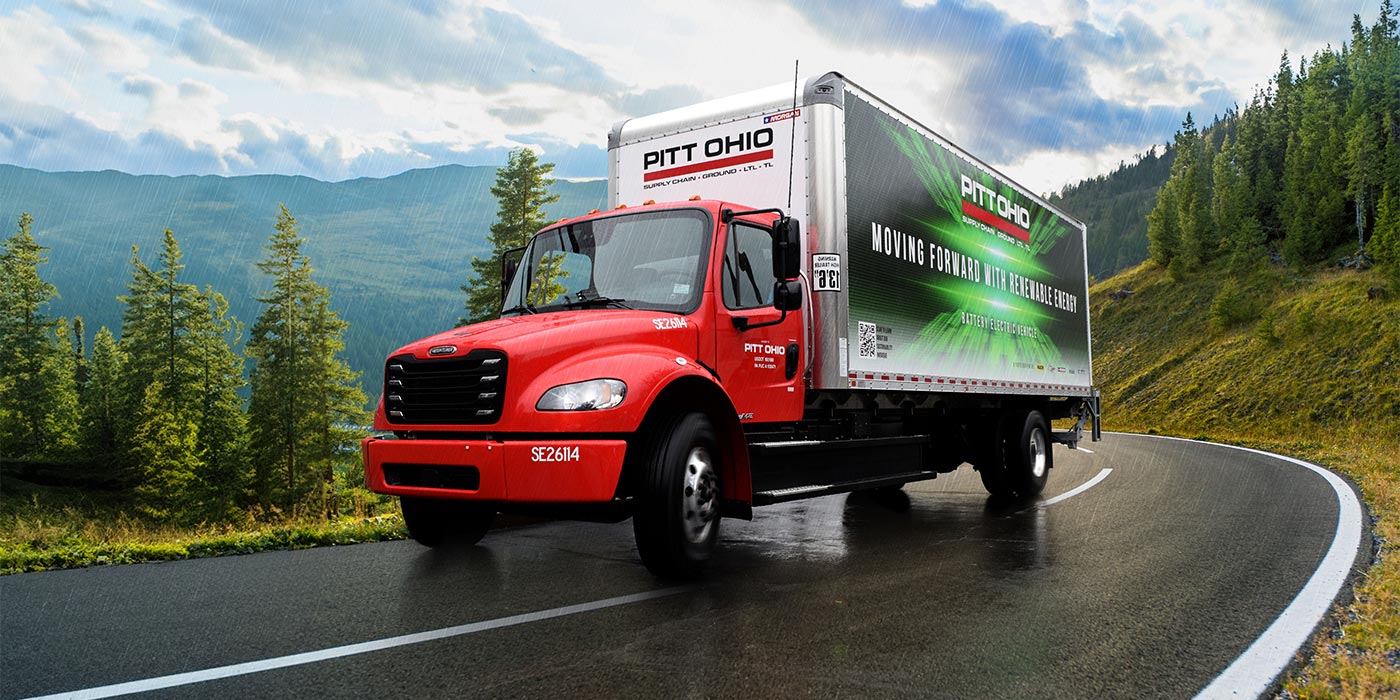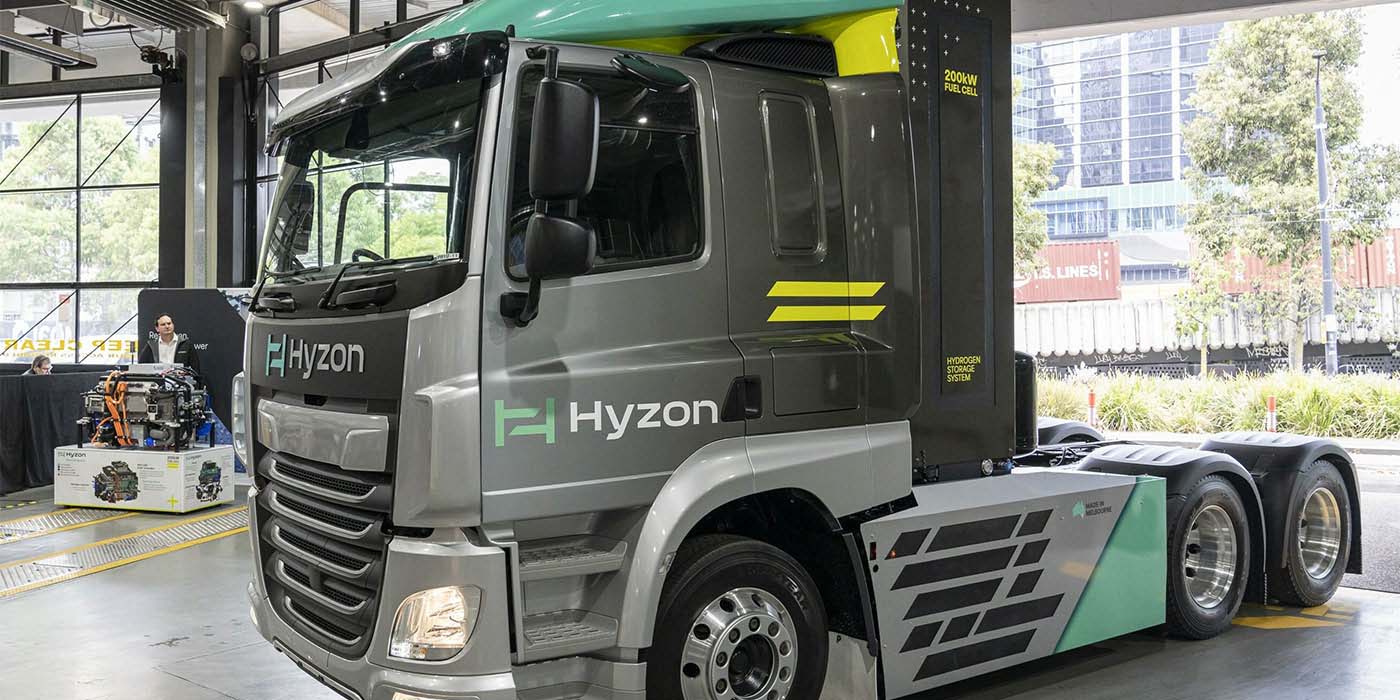Audi recently presented the next model in its future electrically powered A6 Luxury Class: the Avant. The company introduced the Audi A6 Sportback with an electric drive system almost a year ago at the Shanghai Auto Show in April 2021. The company says the production-oriented A6 Avant e-tron concept car now illustrates the synthesis of pioneering drive technology and Audi’s traditional design world.
Like the Audi A6 e-tron concept that was exhibited in 2021, the A6 Avant also has an exclusively electric drive system based on the forward-looking PPE platform. At the same time, it represents a new design concept with the same dimensions as the A6 Sportback e-tron. At 4.96 meters (16.3 ft.) long, 1.96 meters (6.4 ft.) wide, and 1.44 meters (4.7 ft.) high, its body puts it in the luxury class.
“With the Audi A6 Avant e-tron concept, we are offering a completely tangible look at future production models on our new PPE technology platform,” says Audi Board Member for Technical Development Oliver Hoffmann. “We’re not just electrifying the Avant’s successful 45-year history. What we want most of all is to use technical skill to add an exclamation point. In particular, this includes powerful 800 volt technology, 270 kW of charging capacity, and a WLTP range of up to 700 kilometers (435 miles).”
In the future, an Audi A6 e-tron will gleam with up to 700 kilometers (435 miles) of range (under the WLTP standard), depending on the drive system and model variant. And the strongest representatives of the series will sprint from 0 to 100 km/h (62 MPH) in less than four seconds, the company says.
With its 800-volt system and a charging capacity of up to 270 kW, it can take in enough energy in just 10 minutes at a fast-charging station to drive about 300 kilometers (186 miles), the company says.
Large 22-in. wheels and short overhangs, the flat cabin, and a dynamic roof arch give the Avant proportions that are distinctly reminiscent of a sports car, Audi says. The wheel arches are connected by the specially sculpted battery area above the rocker panel, which is highlighted with a black inlay. Also typical of Audi e-tron models are the camera-based virtual exterior mirrors at the base of the A-pillar.
Digital Matrix LED and digital OLED technology makes it possible to achieve maximum brightness and a wide range of features even with a minimal surface area, while at the same time offering customizable light signatures, Audi says. Three small, high-resolution LED projectors are built into each side of the body, transforming the ground beneath them into a stage when the doors are opened – small, extended, dynamic lighting effects greet the occupants with messages in their own language. The small, high-resolution projectors also display warning symbols on the ground, to warn a bike rider that the car door is about to open, for example.
Another four high-resolution LED projectors – inconspicuously integrated into the corners of the vehicle – generate turn signal projections. The design of these projections can be modified to address different markets and approval regions as required.
The Digital Matrix LED front headlights achieve almost cinematic quality, Audi says. If, for example, the Audi A6 Avant e-tron concept is parked in front of a wall during a break to recharge the battery, the driver and passengers can pass the time playing a video game projected onto it. Instead of on a small screen in the cockpit, they’ll see their current game’s virtual landscapes projected onto the wall in XXL format – and all this via the Digital Matrix LED headlights.
The rear end of the concept car features a new generation of digital OLED elements that, as a continuous strip of lights, act like a display. They can also be used to create almost unlimited customizable variations of digital light signatures and dynamic lighting displays that can be adapted to the customer’s personal taste.
One new feature in the taillights is the three-dimensional architecture of the digital OLED elements, that – adapted to the shape of the body – makes it possible to perfectly integrate the night design into the overall look. This makes it possible to experience the dynamic light show not only in two dimensions – as was previously the case – but with a 3D spatial effect.
In addition, the projections around the vehicle allow its communication range to be extended beyond the vehicle. With the help of intelligent connectivity in the vehicle, the A6 e-tron concept provides information to other road users with visual signals.
The PPE is designed exclusively for battery-electric drive systems and can therefore take full advantage of all the benefits of this technology. The key element of the future PPE fleet is a battery module between the axles that holds around 100 kWh of energy in the Avant version of the A6 e-tron concept, Audi says. Using the entire vehicle base makes it possible to achieve a relatively flat layout for the battery. This means that it will be possible to use this single platform both for vehicles with high body styles and vehicles with a decidedly dynamic, flat architecture – such as the Audi A6 Avant – without any changes to the basic architecture.
The battery size and wheelbase of PPE vehicles are scalable, making them suitable for use in different market segments. However, the proportions of a fairly long wheelbase and very short overhangs are something they will all have in common and this, together with the large wheels, results in basic proportions that are simply perfect – and not just in terms of design. This is because the occupants of the future PPE models will also benefit from the long wheelbase, which translates into a longer interior and more legroom in both rows of seats.
But even without the transmission tunnel, Audi customers will not have to give up the brand’s trademark quattro drive system. The future range of PPE models will include versions with one electric motor each mounted to the front and rear axles that use electronic coordination to deliver all-wheel drive on demand and achieve a perfect balance between driving dynamics and energy efficiency. In addition, the e-tron family will also include basic versions optimized for minimum consumption and maximum range – in this case, propulsion will come from a single electric motor mounted to the rear axle.
The Audi A6 Avant e-tron concept’s two electric motors are capable of delivering 350 kW of total output and 800 Newton meters of torque.
The front wheels of the Audi A6 e-tron concept are connected via a five-link axle specially optimized for electric vehicles with a multi-link axle in the rear. The concept car features Audi air suspension with adaptive dampers.
The heart of the Audi A6 Avant e-tron concept’s drive technology – and that of all future PPE models – will be the 800-volt charging technology. Like the Audi e-tron GT quattro before it, this ensures that the battery can be charged with up to 270 kW in a very short time at fast-charging stations. This revolutionary technology will enter the high-volume mid-range and luxury segments with the PPE for the very first time.
The PPE technology enables charging times that come close to a conventional stop to refuel a car powered by a combustion engine, the company says. Just 10 minutes is enough time to charge the battery to a level sufficient to power the car for more than 300 kilometers (186 miles). And in less than 25 minutes, you can charge the Audi A6 Avant e-tron concept’s 100 kWh battery from 5 to 80%.
Together with a range of up to 700 kilometers (435 miles) – depending on the selected drive system and power output – the models in the Audi A6 e-tron family are suitable for long trips, Audi says. Furthermore, their range and charging speed keep pace with those of combustion engines, making them perfect universal cars for everyday needs, from short trips to the store to longer road trips when going on vacation.
Thanks to its high torque right from the first revolution, even entry-level models designed for efficiency will accelerate to 100 km/h (62 mph) in less than seven seconds. And in the top-of-the-line, high-performance models, this sprint can even be reduced to well under four seconds.

